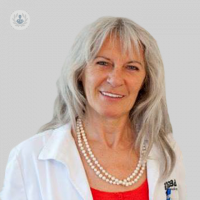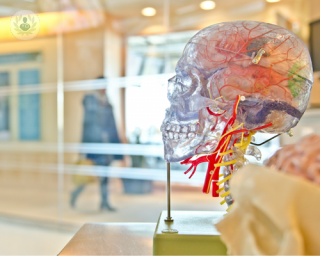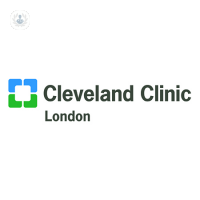Cerebrovascular disease
Dr Margareta Griesz-Brisson - Neurology
Created on: 01-20-2014
Updated on: 03-29-2023
Edited by: Conor Dunworth
What is cerebrovascular disease?
The word cerebrovascular is made up of two parts, in which ‘cerebro’ refers to the large part of the brain and ‘vascular’ refers to the arteries and veins. The term cerebrovascular disease refers to a group of conditions that can lead to a cerebrovascular event, such as a stroke or a mini-stroke, an ischemic stroke or a transient ischemic attack (TIA). These events affect the blood vessels and blood supply to the brain.

What causes cerebrovascular disease?
There are a number causes of cerebrovascular disease, which includes atherosclerosis. Atherosclerosis is a condition in which high cholesterol and arterial inflammation of the brain cause cholesterol to build up into a thick plaque that obstructs the flow of blood to the brain. This is what causes an ischemic stroke or transient ischemic attack. Atherosclerosis can also cause blood clots in an already-narrow artery, leading to a thrombotic stroke. A clot may also break off in the body and travel up to the brain, blocking a small artery there and is known as an embolism.
It can be difficult to detect cerebrovascular disease before an attack happens but risk factors can play a role in causing this too, such as hypertension, smoking, obesity, ischemic heart disease and uncontrolled diabetes.
What are the symptoms of cerebrovascular disease?
The signs and symptoms of cerebrovascular disease depend on where the blockage or the damage occurs. The most common symptom include:
• Severe headache
• Dizziness, nausea or vomiting
• Face paralysis on one side
•Weakness on one side
• Mental confusion and disorientation
• Slurred speech
• Loss of half vision
• Lack of balance
• Passing out
-
How is it diagnosed?
- Any cerebrovascular event is an emergency and 999 must be contacted. At the hospital, the patient will have a physical evaluation and their medical history will be assessed.
A physical examination includes neurological, motor and sensory deficits such as a change in vision, reflexes and muscle weakness. A cerebral angiography, vertebral angiogram or carotid angiogram may be used, with which a dye is injected into the arteries to reveal any clots. A CAT scan will help to diagnose and detect haemorrhagic strokes and an MRI scan detects strokes. An electrocardiogram can detect cardiac arrhythmia, which is a risk factor for embolic strokes.
Can cerebrovascular disease be prevented?
There are health behaviours that help in reducing the risk of a stroke, which includes:
• Stop smoking
• A healthy diet
• Controlling high blood pressure
• Lower blood cholesterol
• Exercising
• Losing weight if overweight
• Regularly visiting the doctor for check-ups
• Lowering stress levels
• Reducing alcohol intake
How is it treated?
Treatment of cerebrovascular disease depends on what type of the disease a patient has. Overall, the treatment centres on improving the brain’s blood flow. Most cases are treated with medications such as blood pressure medications, blood thinners and cholesterol medications.








